The Largest Manta Ray Ever Caught: Wingspan of 30 feet and Weigh More than 6,000 pounds
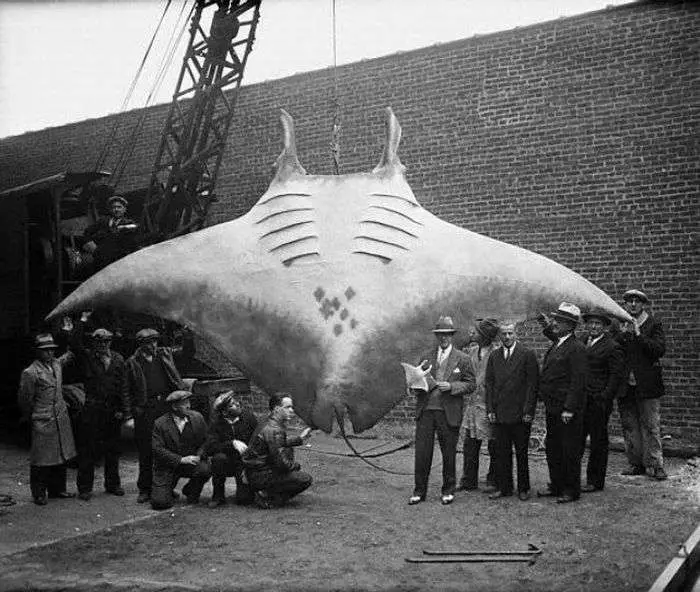
Manta rays glide through oceans with unmatched elegance. Their wing-like pectoral fins span widths that dwarf most marine creatures.
These gentle giants, despite their size, feed on tiny plankton. These stories of enormous manta rays captivate us. They also highlight the urgency of protecting these endangered species.
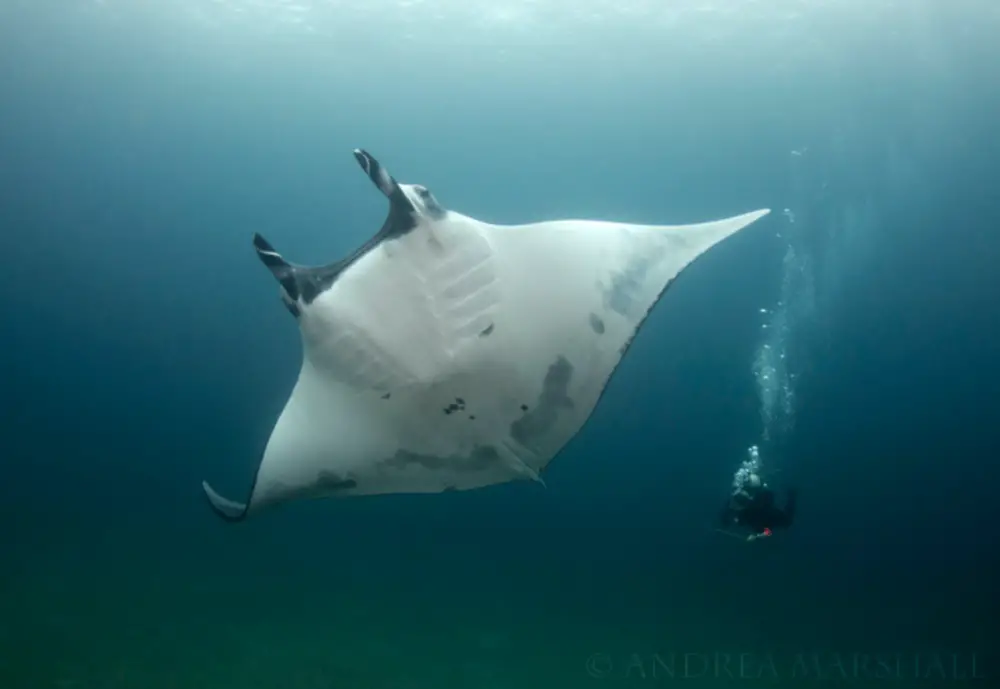
The 1920 Record: A 30-Foot-Wide Enigma
In 1920, a manta ray achieved legendary status. Its wingspan measured 9.1 meters (30 feet). This earned it the Guinness World Records title for the largest ray ever recorded.
The giant oceanic manta ray (Mobula birostris) typically spans 5.2 to 6.8 meters (17 to 22 feet). This specimen was exceptional.
Yet, its story is shrouded in mystery. No weight was documented. The location of the catch is unknown.
Was it netted by fishermen? Discovered stranded on a shore? The absence of details fuels curiosity.
This record underscores the immense potential size of manta rays. It remains a tantalizing, incomplete chapter in marine history.
| Detail | Information |
|---|---|
| Wingspan | 9.1 meters (30 feet) |
| Year | 1920 |
| Source | Guinness World Records |
| Location | Unknown |
| Weight | Not recorded |
The 1933 Catch: A 6,000-Pound Struggle
On August 26, 1933, Captain A.L. Kahn set out for a routine fishing trip. Aboard his boat, the Miss Pensacola II, off New Jersey’s coast, he encountered a giant.
A manta ray became entangled in his anchor line. It weighed between 5,000 and 6,000 pounds.
Its wingspan stretched 20 feet 5 inches. For three grueling hours, the ray towed the boat five miles.
Kahn feared for his vessel’s safety. The Coast Guard was called. They fired 20 bullets to subdue the creature.
The catch sparked a frenzy. In Brielle, New Jersey, Kahn displayed the ray. He charged 10 cents per view.
The proceeds funded a $3,000 fire truck for the local fire department. The ray was later taxidermied.
It was exhibited in New York City. Kahn intended to donate it to a natural history museum, though its final resting place is unclear.
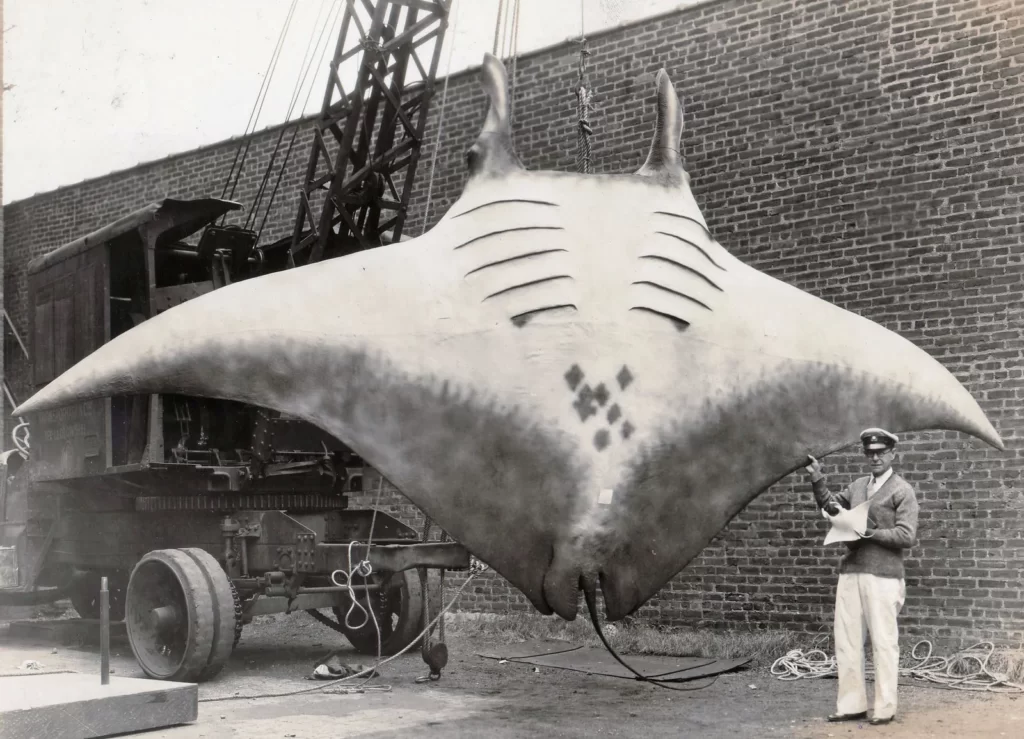
A photograph of the taxidermied ray, verified by Snopes, remains iconic. Some sources confuse the location with New Brunswick, Canada. Contemporary reports confirm it was New Jersey.
| Detail | Information |
|---|---|
| Weight | 5,000–6,000 pounds |
| Wingspan | 20 feet 5 inches |
| Year | 1933 |
| Location | Off New Jersey coast, near Brielle |
| Captor | Captain A.L. Kahn |
| Outcome | Displayed, taxidermied, exhibited in NYC |
Manta Ray Biology: Giants with Gentle Souls
Manta rays are more than their record-breaking sizes. Their biology fascinates scientists and divers alike. Here’s a deeper look:
Size and Structure: Giant oceanic manta rays are the largest ray species. They typically reach 7 meters (23 feet) in wingspan. Their weight can hit 3,000 kilograms (6,600 pounds).
Their flat, diamond-shaped bodies and triangular pectoral fins resemble wings. Cephalic fins, or “horns,” give them the nickname “devil fish”.
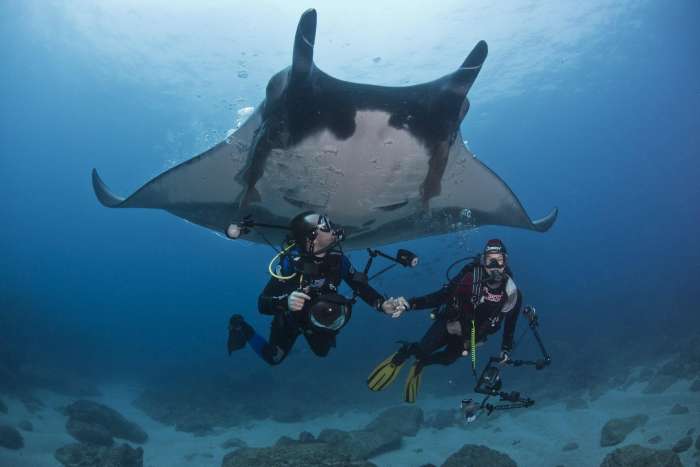
Diet: Manta rays are filter feeders. They consume zooplankton, including copepods and shrimp.
Their cephalic fins guide plankton into their mouths. A manta eats about 12% of its body weight weekly.
Habitat: Giant oceanic manta rays roam tropical and subtropical waters. They are pelagic, traveling vast ocean distances.
Reef manta rays (Mobula alfredi) prefer coastal reefs. They inhabit regions like Indonesia, the Maldives, and Hawaii.
Intelligence: Manta rays boast the largest brain-to-body ratio among fish. Their cognitive abilities rival those of dolphins.
They may recognize themselves in mirrors, hinting at self-awareness. Their curiosity draws them to divers.
Reproduction: Manta rays reproduce slowly. Females birth one pup every two to three years. Gestation lasts 12–13 months. Pups are born independent, measuring 1.4 meters (4 feet 7 inches) wide.
Behavior: Manta rays are often solitary. They gather to feed or mate. They perform spectacular breaching leaps. These may serve communication or parasite removal. The purpose remains unclear.
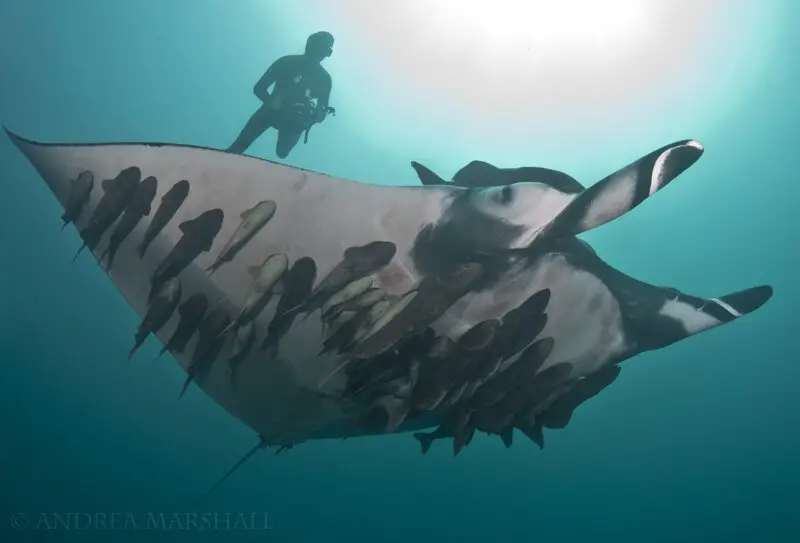
Conservation Challenges: Saving the Giants
Manta rays face dire threats. Overfishing and bycatch decimate their populations. Their gill plates are sought in some traditional medicine markets, despite no proven benefits.
The IUCN lists giant oceanic manta rays as endangered. In 2018, NOAA Fisheries classified them as threatened under the Endangered Species Act.
Conservation efforts are critical. Indonesia banned manta ray fishing in 2014. They recognized the species’ tourism value.
A single manta ray can generate $1 million in tourism revenue over its lifetime, compared to $500 when killed.
Organizations like the Manta Trust use photo-identification to track populations. These efforts monitor declines and guide protection strategies.
In Hawaii, researchers study manta longevity. Some individuals live over 45 years.
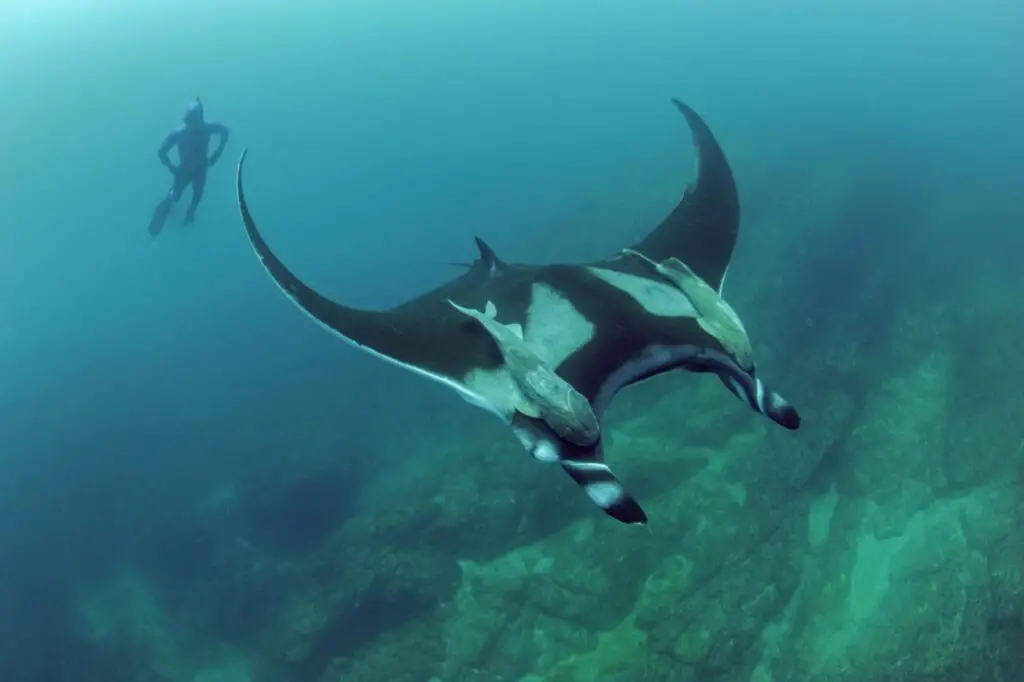
The 1920 and 1933 catches remain monumental. The 30-foot-wide ray of 1920 showcases the species’ potential.
Through tourism, fishing bans, and research, we can protect them. Their legacy urges us to preserve the ocean’s wonders for future generations.















